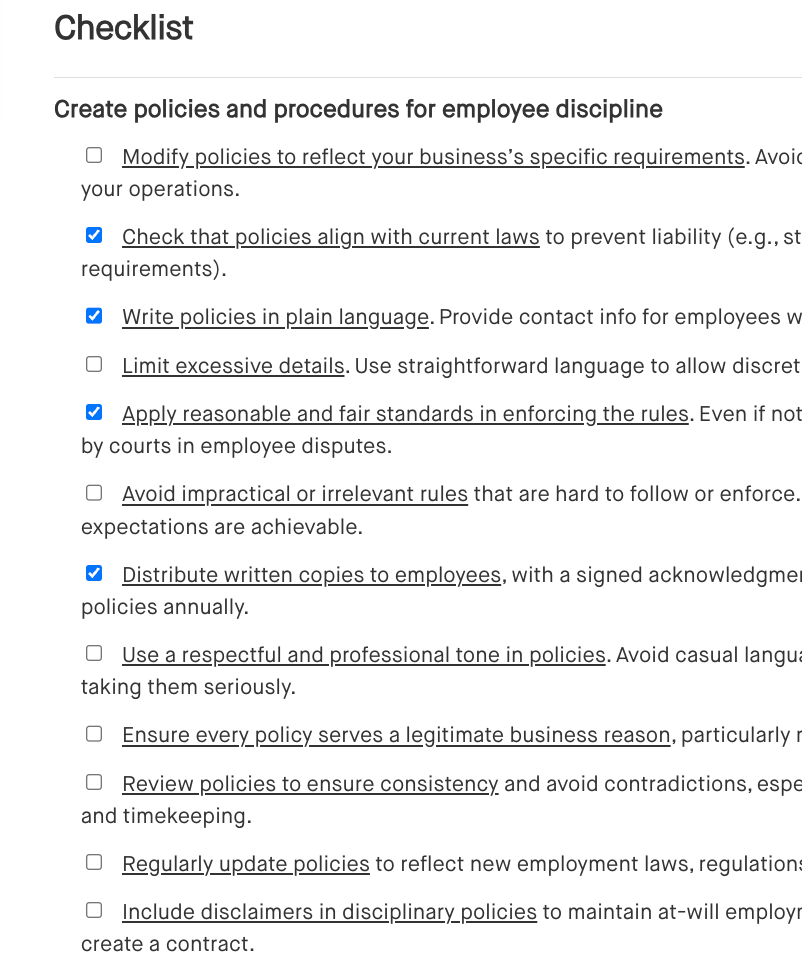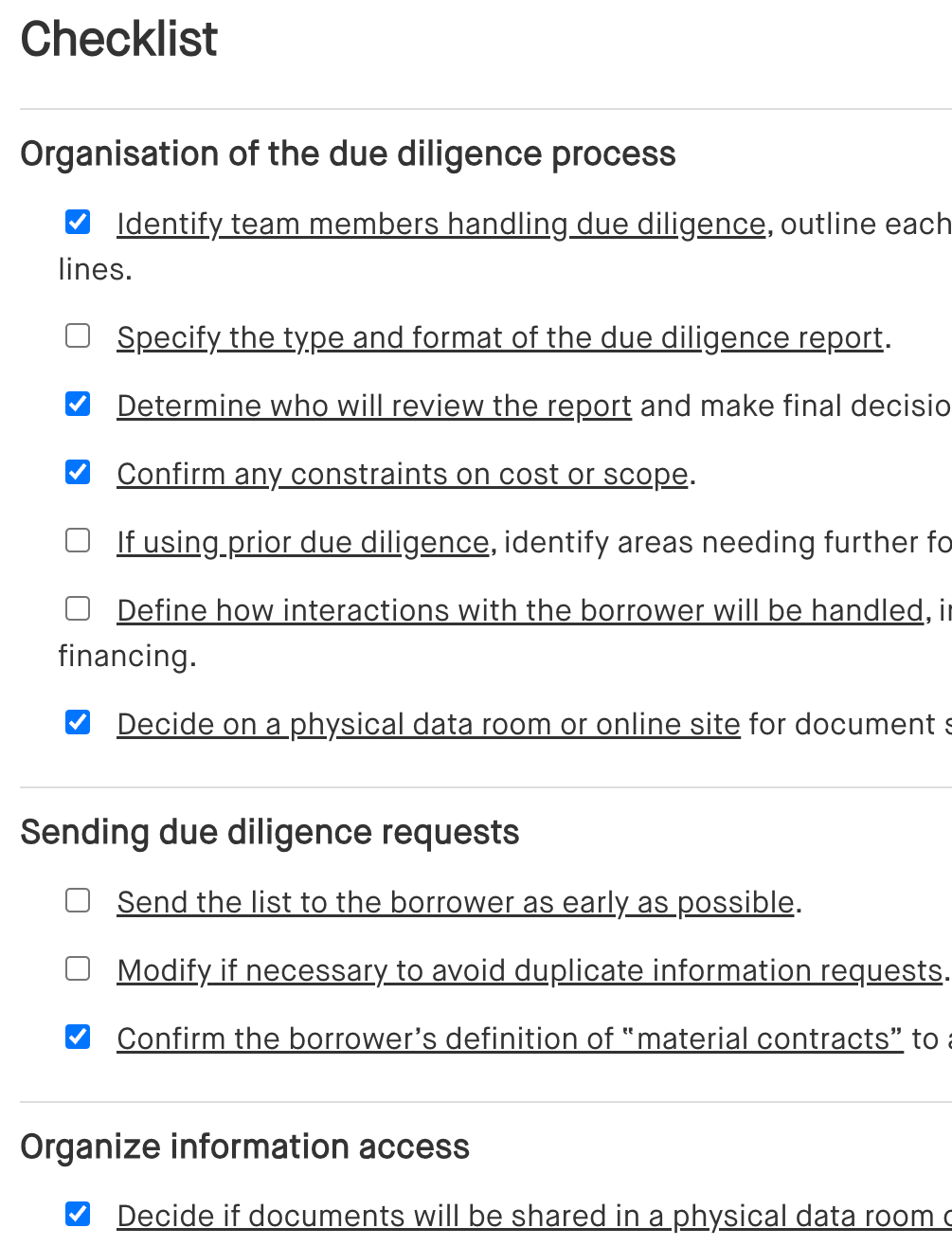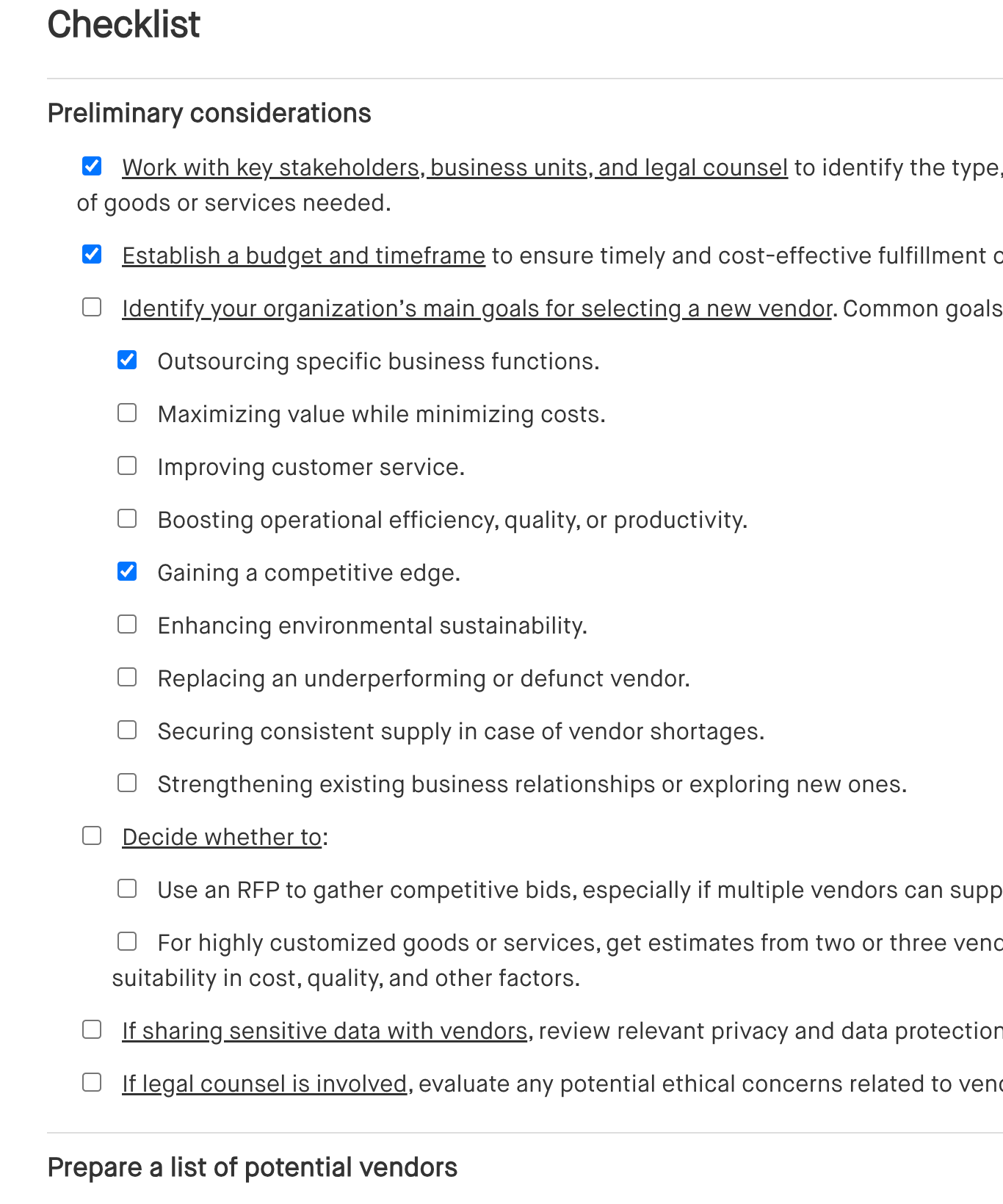Responding to a business crisis: Free checklist
Responding to a business crisis checklist
When a crisis hits, businesses must act swiftly and decisively to minimize damage and maintain operations. This checklist is designed to guide you through the essential steps of crisis management, from securing the safety of your employees and customers to protecting your physical assets and addressing legal obligations. It helps you take control by stabilizing operations, coordinating with key teams, and communicating effectively with stakeholders, both internal and external.
By following these steps, your business can limit the immediate impact of the crisis, reduce long-term risks, and position itself for a quicker recovery. Whether you're dealing with a natural disaster, cybersecurity breach, or financial crisis, this business crisis checklist ensures that nothing is overlooked, keeping your business resilient in the face of uncertainty.
Use this tool to protect your company’s reputation, preserve customer trust, and safeguard your operational continuity.
How to use this responding to a business crisis checklist
Here’s how to get the most value from this checklist during a crisis:
- Follow the steps in order: Begin by addressing immediate threats to health, safety, and your business infrastructure. As you work through the checklist, keep an eye on long-term recovery steps, from financial management to supply chain stabilization.
- Customize for your business: Every crisis impacts businesses differently. Tailor the checklist based on the type of crisis, your business structure, and the severity of the disruption. Focus on areas that are most critical to your ongoing operations and customer relationships.
- Involve all necessary teams: Ensure your crisis management team, operations, communications, legal, and financial departments work together. Each team plays a key role in responding to the crisis and helping your business stay on track.
- Update the checklist regularly: Crises can evolve quickly. Use this checklist as a working document—adapt it as conditions change and after the crisis to strengthen your business continuity plans.
Checklist
Benefits of using a responding to a business crisis checklist
Using a checklist during a business crisis ensures you're prepared and organized when quick decisions are needed. Here’s how it helps:
- Stay organized under pressure: A crisis can feel chaotic, and it’s easy to miss important steps. This checklist helps you stay focused, ensuring you take all the necessary actions—like managing communications, activating your crisis team, and assessing immediate risks—so nothing gets overlooked.
- Minimize damage: By following the checklist, you can respond more quickly and effectively, reducing the potential impact on your business. Whether it's ensuring employee safety, preserving assets, or addressing financial concerns, the checklist helps guide you through critical decisions.
- Learn and improve for next time: Every crisis offers lessons. The checklist encourages post-crisis evaluation, so you can document what worked, what didn’t, and use those insights to improve future crisis response plans.
Frequently asked questions (FAQs)
Q: How often should I update my crisis response checklist?
A: It’s a good idea to review and update the checklist regularly, especially after a crisis or any major internal changes like new staff, technology, or regulations.
Q: Can this checklist be used for any type of business crisis?
A: Yes, the checklist is flexible and can be adapted for various crises, including natural disasters, cyberattacks, or operational failures. It covers universal steps, like assessing risks and managing communications.
Q: Who should be involved when using this checklist?
A: Your crisis management team should include key decision-makers from departments like operations, legal, finance, and communications. Each will play a critical role in assessing and responding to the crisis.
Q: How does the checklist help with legal issues during a crisis?
A: The checklist prompts you to review contracts, notify insurers, and document decisions—all essential steps to minimize legal risks and ensure compliance during a crisis.
Q: How soon should we activate our crisis response plan after a crisis hits?
A: Ideally, the plan should be activated as soon as the crisis is identified. Early actions, like ensuring safety and communicating with key stakeholders, are critical.
This article contains general legal information and does not contain legal advice. Cobrief is not a law firm or a substitute for an attorney or law firm. The law is complex and changes often. For legal advice, please ask a lawyer.


